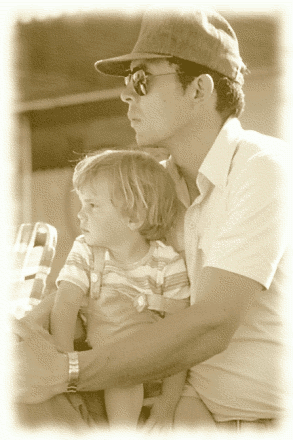Received a contract this morning for my short contemporary romance, HEAVY NETTING! HEAVY NETTING is a story in The Wild Rose Press's "Lobster Cove" series. All the stories in the series will take place in the small fishing town of Lobster Cove, Maine, and will cross all lines and lengths offered by The Wild Rose Press. The characters from each story will interact with those from other stories, so it truly is a community project for a fictional community!
Here's a little teaser on HEAVY NETTING while you wait to read it:
About HEAVY NETTING
(A Lobster Cove Story)
Coming Soon from The Wild Rose Press
Branson Cudahy is as southern as it gets, a cyber crime investigator from happily-landlocked Lexington, Kentucky. Bran has been chasing a hacker for three years, and now the trail has led him to Lobster Cove, Maine ... which is a real problem for a guy with a shellfish allergy.
Jenna Sanborn waits tables to pay the bills, but she dreams of opening a quilt shop in the heart of town. She'd never even think of leaving Lobster Cove, but the handsome newcomer is tempting beyond her wildest imaginings.
Bran and Jenna never expect the whirlwind romance that comes out of their meeting. As hard as they fight to control their feelings, their hearts are fighting to push them over that dizzying lover's leap. Will love win out, or will the hacker - and their dreams - slip the net?
Excerpt from HEAVY NETTING
"All right, Jenna," Bran said. "Tell you what. I'm gonna be at the coffee shop about four o'clock. If you want to meet me there and talk Lobster Cove, I'll be all ears. If not, no pressure."
She giggled. Giggled. Like a teenager going to her first concert with a cute boy. Mortified, and now convinced that her cheeks were as red as a stop sign, she backed away. "I'll keep it in mind. See you later, Mister Cudahy."
His grin sent a flutter through her midsection. "Bran."
"Okay. Bran." She waved goodbye, then hurried off down the street with her groceries.
As she walked, she sensed his gaze on her, and she beamed, flattered and flustered and for once, feeling beautiful.








